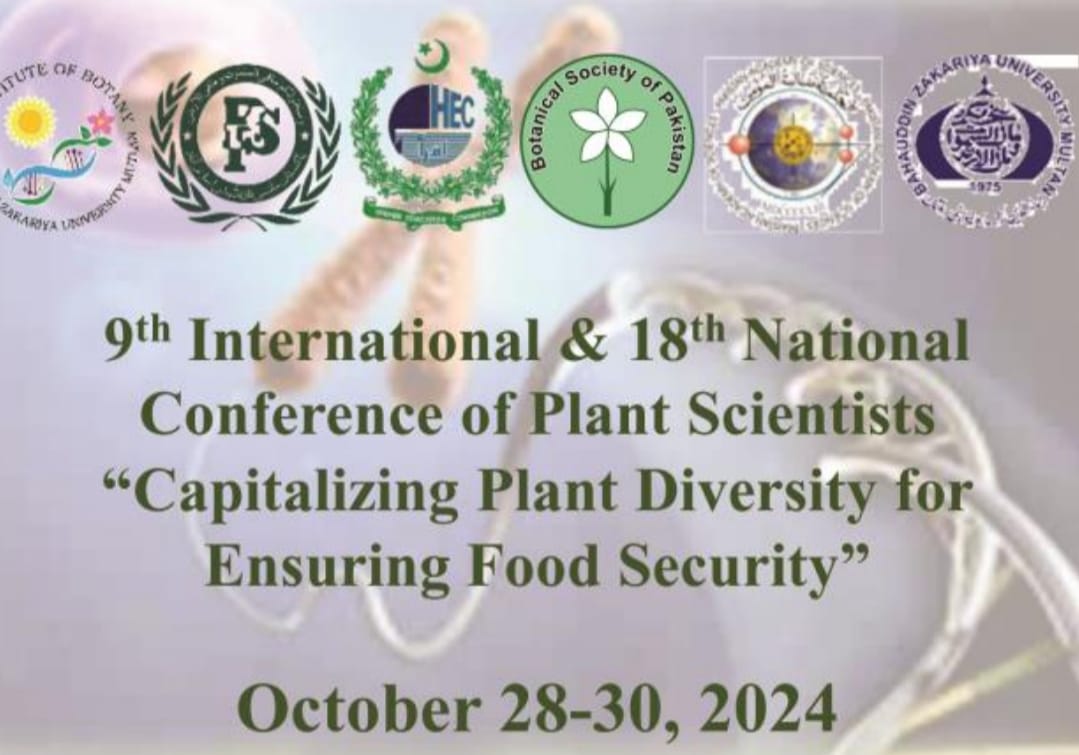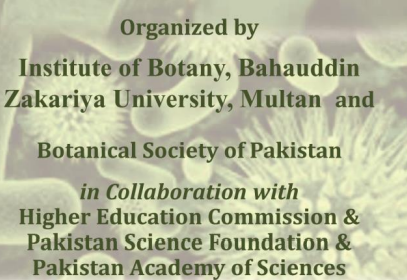-
-
-
-
-
-
-
-
-
-
-
-
-
-
-
-
-
-
-
-
-
-
-
-
-
-
-
-
-
-
-
-
-
-
-
-
-
-
-
-
-
-
-
-
Tehreema Iftikhar, Sidra, Muhammad Ali, Muhammad Ibrahim Rajoka, Hammad Majeed and Roheena Abdullah
Isolation, identification of an axenic fungal isolate of Aspergillus sp. (MBL-1511) and its subsequent improvement for enhanced extracellular lipolytic potential through monoculture fermentation
Download PDF
-
-
-
-
-
-


